By: Neisa Brito Barbosa
“Sometimes, I feel discriminated against, but it does not make me angry. It merely astonishes me. How can any deny themselves the pleasure of my company? It’s beyond me.” – Zora Neale Hurston
The Queen of the Harlem Renaissance, a poet beyond paper, and an activist: that was Zora Neale Hurston. Though not one of history’s most famous names, Hurston can be credited for transforming the long history of Black female oppression and violence into an art form. From the remarkable publishing of Their Eyes Were Watching God, and significant contributions to the Harlem Renaissance and popularization of Black folklore, Hurston was able to not only channel centuries of oppression into a constructive myriad of art forms, but used her talents to further the broad fight for Black power during the 20th century. Through her talent, she mobilized creativity as a constructive weapon against inequality and its upholding forces.
Zora Lee Hurston’s life began in 1891, in the small town of Notasulga, Alabama. Her parents at the time were both enslaved, but later were able to move to Eatonville, Florida, after hearing of the opportunities of Eatonville for African Americans–being one of the few originally black towns in the United States. Here, young Zora attends school until the age of 13, while her father runs for mayor; later winning a seat in office. During this time Hurston began her education. While attending middle school teachers began lending her books–opening her mind to the world of literature. She herself described this experience as a “birth”: a literary awakening mirroring her future and love for creation.
Hurston fell in love with writing and the ability to express complex feelings using the gold mine of ideas within herself. Further down the line Hurston will enroll at Morgan College–the high school–then later Howard University. At Howard she tried her hand at differing modes of producing art as expression. She continued writing, but incorporated it with her involvement in Howard’s student government association, and her interest in expressing her politics through her written works. Her writing soon exploded, founding the school’s renowned newspaper, The Hilltop–dedicated to her love for the University. In 1925 Hurston transferred to Barnard College, in New York City after winning a scholarship offered by Anne Nathan Meyer (a Barnard trustee), after the trustee discovered Hurston’s literary talents; colored all over the Hilltop newspaper. Here, Hurston’s exploration of Black culture will expand beyond her prior works. Marking the start of her career as a critical member, and contributor to the Black Power movement.
Before delving into Zora Neale Hurston’s biography, I was already familiar with her work, though I didn’t fully realize she was the driving force behind many significant artistic movements. Hurston’s time in New York City marked the beginning of her involvement in the Harlem Renaissance, one of the most transformative creative movements in U.S. history. This cultural revolution saw Black artists—particularly Black women—embrace a renewed sense of self-determination and political activism, reclaiming the narrative of Black culture through their art.
Hurston, as a leading force during the Harlem Renaissance, helped ignite the Black literary movement, where many Black women began using their racial pain as a source of strength, channeling it into poetry, short stories, and novels. This act became a silent form of resistance against the daily racial oppression they faced, marking a powerful shift in both culture and politics.
While white writers of the time were often financially rewarded for their work based on the same cultural principles driving the Harlem Renaissance, this did not deter writers like Zora Neale Hurston from continuing to publish and release works that remain “culturally significant” today, well beyond the Renaissance’s peak. One of Hurston’s most pivotal contributions during this period was the publication of Their Eyes Were Watching God, a novel that explored the interior lives and sexualities of Black women in ways that had rarely been depicted in literature. Hurston’s work not only illuminated the complexities of Black womanhood but also served as a form of activism, particularly through her unapologetic use of African-American vernacular. By incorporating what was often referred to as “pigeon” or “dialect,” she rejected the dominant cultural narrative that viewed this vernacular as a sign of ignorance or lack of education. Instead, Hurston embraced it as a tool for authenticity and cultural preservation, both challenging and subverting the racialized expectations of language and identity that sought to erase Black history and expression. In doing so, she presented a nuanced, empowering representation of Black lives that was as politically charged as it was artistically innovative.
The impact of Zora Neale Hurston’s writing remains deeply influential today, though not without controversy. In recent years, the movement to ban books has gained momentum, with some advocating for it as a means of “protecting children from harmful or guilt-inducing content.” Proponents of this movement often claim that “racism is no longer a problem,” which has led to the near banning of books likeTheir Eyes Were Watching God in schools and libraries across the United States. However, as history shows, significant social change often begins in the face of resistance—sometimes manifesting as fear-driven actions aimed at stalling progress. In this case, the fear of confronting uncomfortable truths about race and history only underscores the ongoing relevance of Hurston’s work in challenging and redefining societal narratives.
Zora Neale Hurston can be painted not only as the Queen of the Harlem Renaissance, but also as a moving force behind art as a form of activism. She is the mobilization of power that has given Black women the room to express their bouts with white society, while still creating works serving as profitable stages for their talent and amplifications of the talents Black women, and Black folks have always carried, and have been creating since the beginning of time.

Zora Neale Hurston is among one of thousands of examples of Black women who have used art as activism. If you would like to learn more, explore our playlist highlighting Black women artists who have engaged in political activism below.
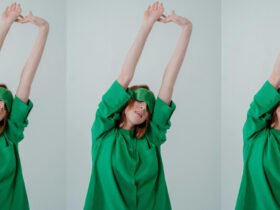





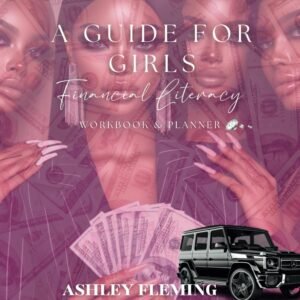
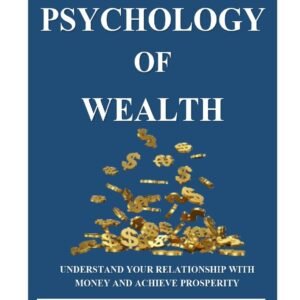
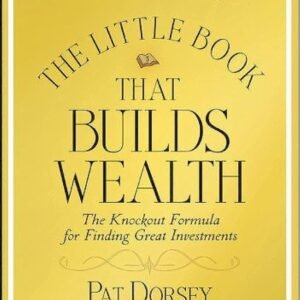




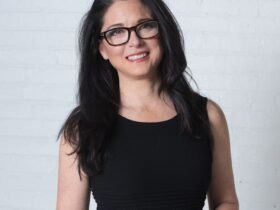



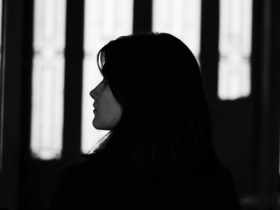
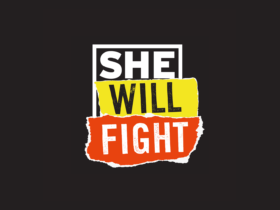
Leave a Reply